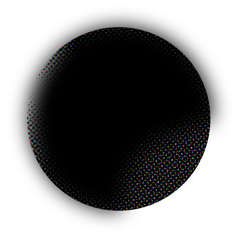Following up on the Sword World 2.0 starter set, today we’ll take a look at the revised core rule book. Check out my hands on with the starter set if you missed it.
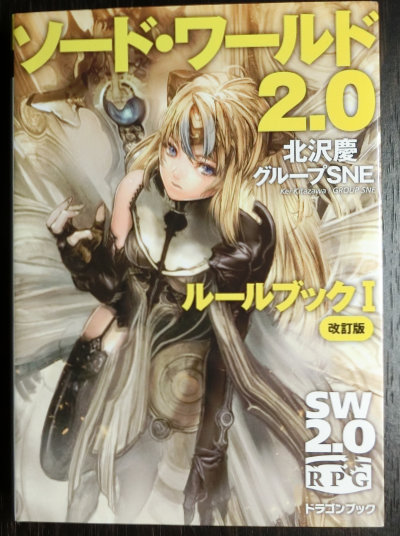
The Book
The core rule books are small 105mm x 148 (4.1” x 5.8”) paperbacks and are much cheaper than D&D and other Western-made RPGs. According to some friends, this price difference made them affordable for kids and aided in their popularity. There are three core rule books, but the one we’re looking at today is the first one. The other two provide additional options as well as support for higher level characters.
The single column text is easy to read and nicely spaced. Like the starter set, various charts are provided to help illustrate the rules. The intro (17 pages) gives the standard introduction to role playing games; what’s needed to play; and common vocabulary.
Next is character creation (73 pages) that is split into simple creation (30 pages) and regular creation (28 pages). Rules for character advancement (4 pages) is perhaps the shortest section, but 96 pages of rules follows that.
The data section (87 pages) is a catch all of abilities and spells that is followed by the World (28 pages); GM guide (14 pages); sample scenario (16 pages); and bestiary (43 pages).
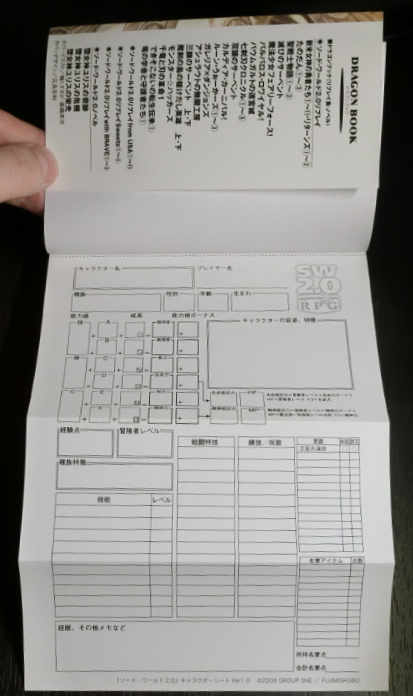
The System
As described in my hands on with the starter set, Sword World 2.0 is a hybrid class skill system that uses 2D6 to resolve actions. The core rules are the same as the boxed set, but the core rulebook provides a lot more options, including standard character creation and additional combat rules.
One thing that stuck out in this section was the way the actions were explained. Each action, including attack actions, were grouped by the applicable attribute and laid out in a consistent format with the name; skills(s) and attribute involved; time required to perform; results; and an explanation.
Character Creation
There are simple and standard methods of creating characters. Simple character creation consists of picking a template and making some minor customizations to it. One interesting feature of this section is that each template has a graph that breaks down the type of character it is. For example, does it excel at magic or favor attacking.
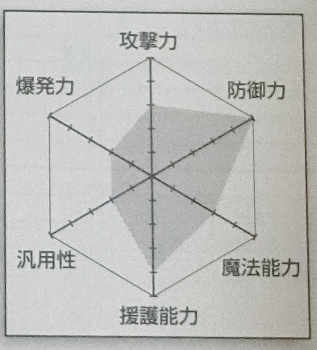
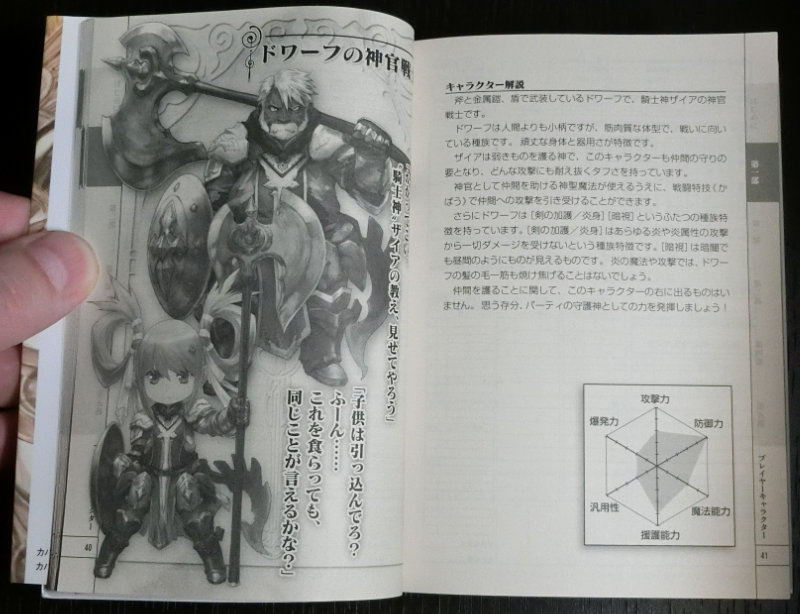
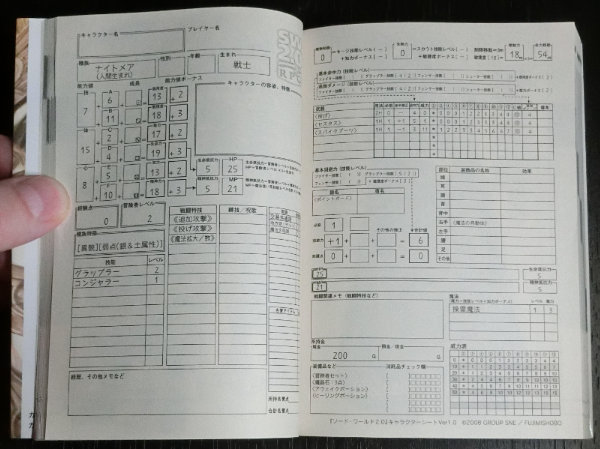
Standard creation is interesting in that it mixes choice with dice rolls. The player first determines their character’s race and how they began their life. They may roll 2D6 to determine their beginnings or simply choose from a table that determines their initial profession; initial skills; base attributes; and starting gold. Next, the player rolls for their attributes on a table broken down by race and adds each result to the relevant base attributes. They then choose additional skills and languages; determine their adventurer level; and calculate stats like hit points and magic points. They finally choose special combat abilities and purchase equipment.
All characters know a common language, but they also gain additional languages based on their race, profession, and skills. Whether a language is written, spoken, or both is listed in the language chart and knowing how to write does not mean a character knows how to speak a language.
Standard Combat
Simple combat follows the same rules as the starter set, with the combat area being divided into three ranges. Standard combat adds additional complexity by using a linear range in meters to describe the position characters. For example, a relatively large room is 10 meters. Each participant is placed somewhere along that range (1-10) and can increase or decrease their position using movement. Characters and enemies that are adjacent to each other form a melee zone that extends in a radius that increases as the number of participants in that zone increases. Like the simple rules melee zone, special rules apply to the melee zone and friendly fire is possible when firing into it.
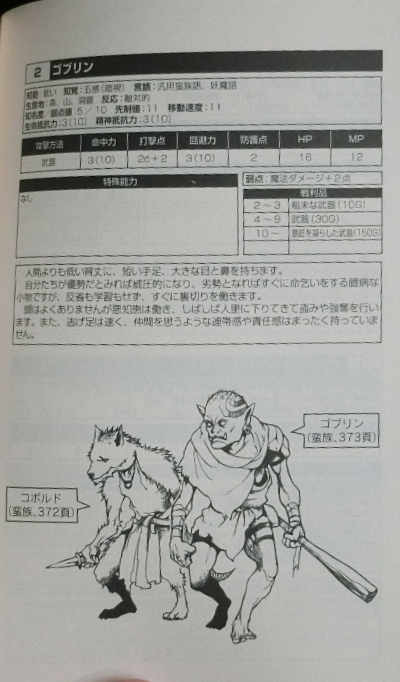
Weapons charts are divided by type of weapon and two power levels – A rank and B rank, with A rank being more powerful. The chart indicates name; handedness; required strength; to-hit modifier; power and damage chart; critical value; and finally cost.
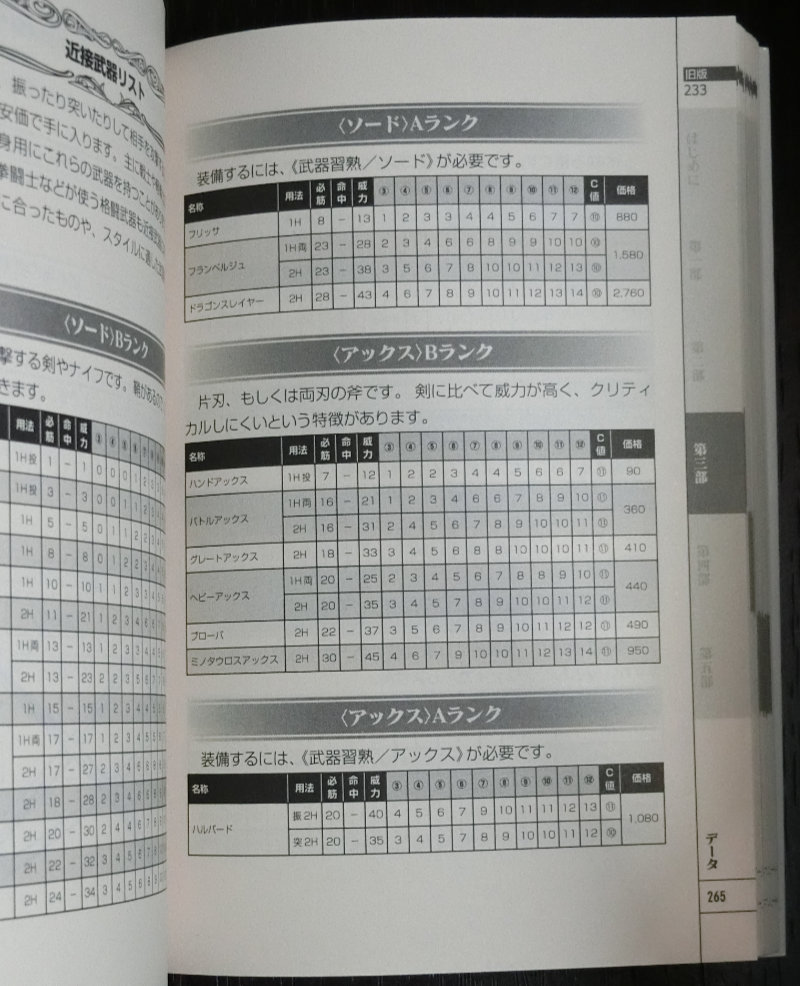
Spells are also nicely organized with mana costs, targets, range, timing, and effects listed.
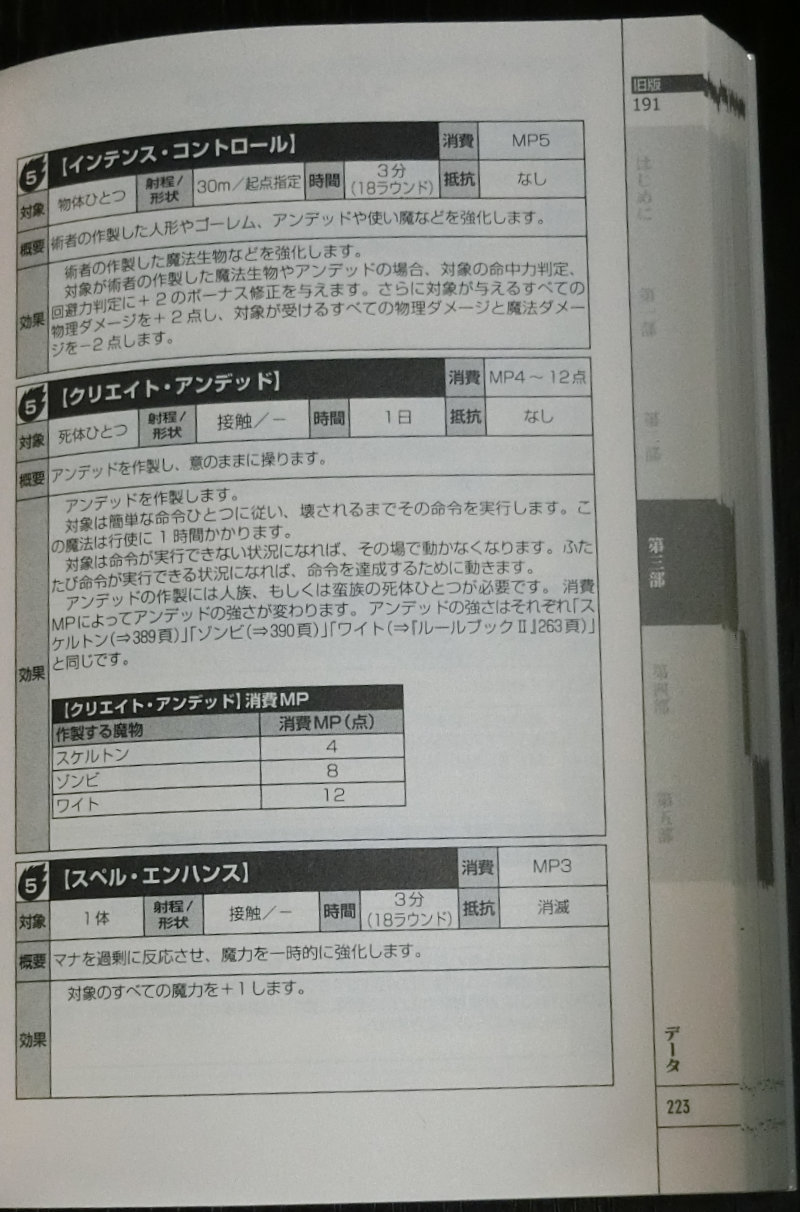
The Setting
The original Sword World takes place in Forcelia, the same world as Record of Lodoss War, but Sword World 2 takes place in Raxia. Not being familiar enough with either setting to know the differences, I searched for some sites that discussed the differences. One blog (Japanese) in particular had an interesting analysis of the differences. Some of the highlights for me were:
Both worlds were made with a strong resemblance to Middle Ages Europe, but the atmosphere is different.
Forcelia takes place in the mid to late Middle Ages where there is stability. The countries and their borders are not so different from modern times and looking at the official map, there's a lot already defined. From "the crusades when the culture of the knight was flourishing to the Hundred Years War in the 15th century."
Raxia is from Late Antiquity up to the High Middle Ages and is the dawning of a new era. There is still a lot of unknown areas. Looking at the map there is "a lot of whitespace." It is the "fall of Rome in the 5th century to the establishment of the Frankish Empire in the 8th."
The blog post is pretty interesting and covers a variety of topics including how the players and GM approach the world, so give it a read if you’re interested.
There are multiple types of magic, including arcane, spirit, summoning, and divine, as well as magi-tech.
World Origin
The world was created by thee magical swords — essentially one good, one evil, and one ambivalent. The good one created the “harmony” races and good gods; the evil one the “barbarian” races and evil gods; and the third one created mana, which infused the earth. There are also legends of a fourth sword that is of destruction and led the first two swords to war with each other.
Magitech
There was an age of Magitech 300 years before the current period, with remnants still remaining in the form of items, ruins, and the Runefolk race. The starter set adventurer lightly touched on this by having the the players search for magi-tech batteries.
Races
The races present in this volume are: Human, Elf, Dwarf, Nightmare, Tabbit, Runefolk, Nightmare, and Shadow. The others in this size chart are in the other rule books. Tabbits are rabbit folk that stand 1 meter tall and are highly intelligent. Runefolk are artificial beings based on Magitech. Nightmares are born to human, elven, or dwarves parents, but suddenly transform and have horns, similar in some ways to D&D’s Tieflings. Shadows are a mystical race with dark skin and a third eye.
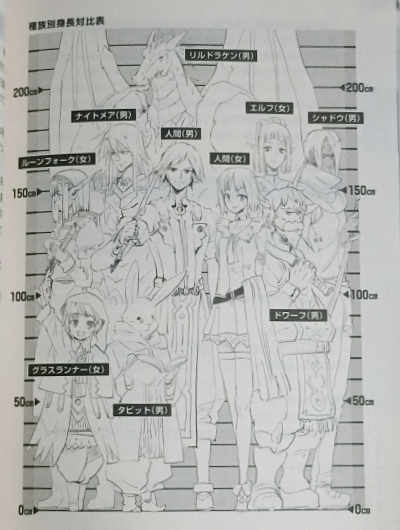
Death
I found the handling of death particularly interesting. Being resurrected can be done, but “sullies” the person, so most people are not resurrected because they don’t want to take their chances. The more sullied one becomes, the closer they are to becoming undead. After a certain point, the character becomes a revenant and the GM takes control. It’s possible for a character to cleanse themselves, but it is very difficult and at the discretion of the GM.
Language
I found the book easy to read and well organized, which greatly aided comprehension.
Rules Sample
達成値の比べ合いを行う場合、すべてのキャラクターが同時に行為判定を行い、すべての達成値を比較して、最も高い達成値だったキャラクターが有利な結果となります。 – Page 105
When making opposed rolls, all characters make an action check and compare the results. The character with the highest result receives a favorable outcome.
Flavor Text Sample
この世界の根源にあったと伝えられるのは、3本の”始まりの剣”ールミエル、イグニス、カルディアです。これらの剣が秘めていた膨大な魔力により世界は創られたとされています。 p. 294
It is said that when the world was created there were three “swords of origin”- Lumiel, Ignis, and Caldia. It is believed that the world was created by the vast magical power concealed within these swords.
| Sword World 2.0 Rule Book 1 (Revised Edition) | |
|---|---|
| Publisher | Group SNE |
| Online Retailer | Amazon Japan |
| Released | 2014-10-15 |
